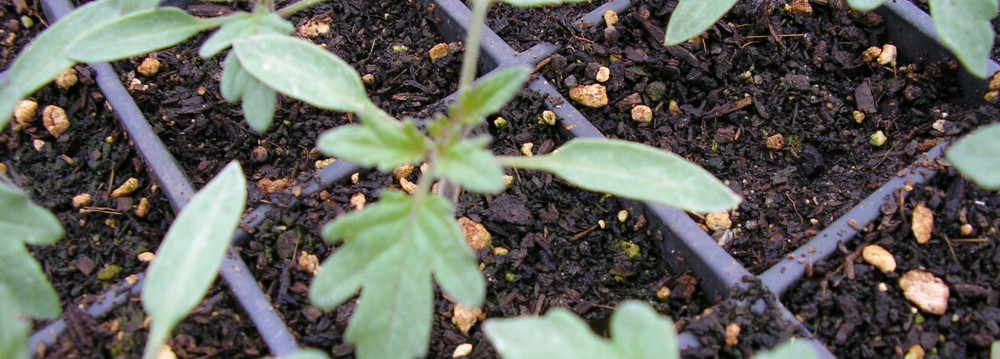Being able to feed yourself and your family is the first order of business. Summer is easy. Winter is when the rubber hits the road.
Preserving Garden
Paste / Roma type tomatoes – You don’t want to spend all winter eating potatoes and turnips. Can or freeze some tomatoes. Mary and I usually do about 36 pints of canned tomatoes and about 20 pounds of frozen. Canning tomatoes is dead simple and fairly safe if you are the least bit careful. Freezing is even easier, but depends on keeping them frozen. Sausage, Orange Banana, and San Marzano are great open pollinated varieties.
Peppers – A couple gallons bags of frozen peppers usually get us through until there are fresh peppers again. But nothing is better than a meal with roasted anaheims on a bitter winter night. Jalapenos, pickled and dried, make chips and cheese or breakfast potatoes worth eating. They also breathe a little life in to chili and kale. Hinkelhatz are a classic pickling pepper, hot and sweet.
Herbs – If your spice rack extends beyond salt and pepper you need some herbs. Basil, thyme, and oregano are the basics. They dry very well and basil is easily made into pesto and frozen.
Onions – straight ahead yellow onions.
Winter squash – F2 Sunshine are a little wild, but I find that they taste as good as the hybrid and they store much better. Miami is a heirloom native variety. This strain has gotten crossed with a newer hubbard somewhere along the line. It still tastes great and keeps like crazy. It does not have the rock hard shell of the big blue hubbards. While they can reach a considerable size they are still manageable and delicious. Winter squash can be keep fresh for several months. They can be roasted and frozen for longer storage and if you are really adventurous, they can be cut into strips and dried.
Beans – Green beans freeze well and are wonderful pickled. Canned green beans require a pressure canner. Dry beans are dead simple. Plant them when the soil is warm. Wait until the pods are dry. Harvest. Shell. Store. If the fall weather doesn’t cooperate you can harvest the beans and let them finish drying in a protected location. Provider is a very reliable dark seeded green bean that will germinate in cool soil and continue to produce all season if kept picked. Strike is a good tasting green bean that sets all its beans at once. They can be harvested by the handful. Jacobs Cattle are a good tasting, productive heirloom dry bean. Black turtles are the earliest, most reliable dry beans. If any of them are going to make it, these are the ones.
Kale and cabbage – Kale is a very versatile vegetable. It is packed with nutrients and if given a chance will out compete most weeds. Kale freezes well and nothing tastes so good as greens in February. Forget bacon and beans. Bacon and greens is where it is at. Fresh cabbage stores from six months in the most basic root cellar. Cabbage is easily fermented into sauerkraut. Red Russian and Rainbow lacinato are good fresh as salad or frozen. XX is a classic kraut cabbage, but will do just fine as coleslaw.
Potatoes – contain more nutrients than any other vegetable than you can grow on the same amount of area. Potatoes store the best in a root cellar. If you can keep them cool they will store perfectly in a box full of damp dirt until April. Mondak Gold – a Minnesota bred variety. They were developed for frying potatoes, but work well as baked or boiled.
